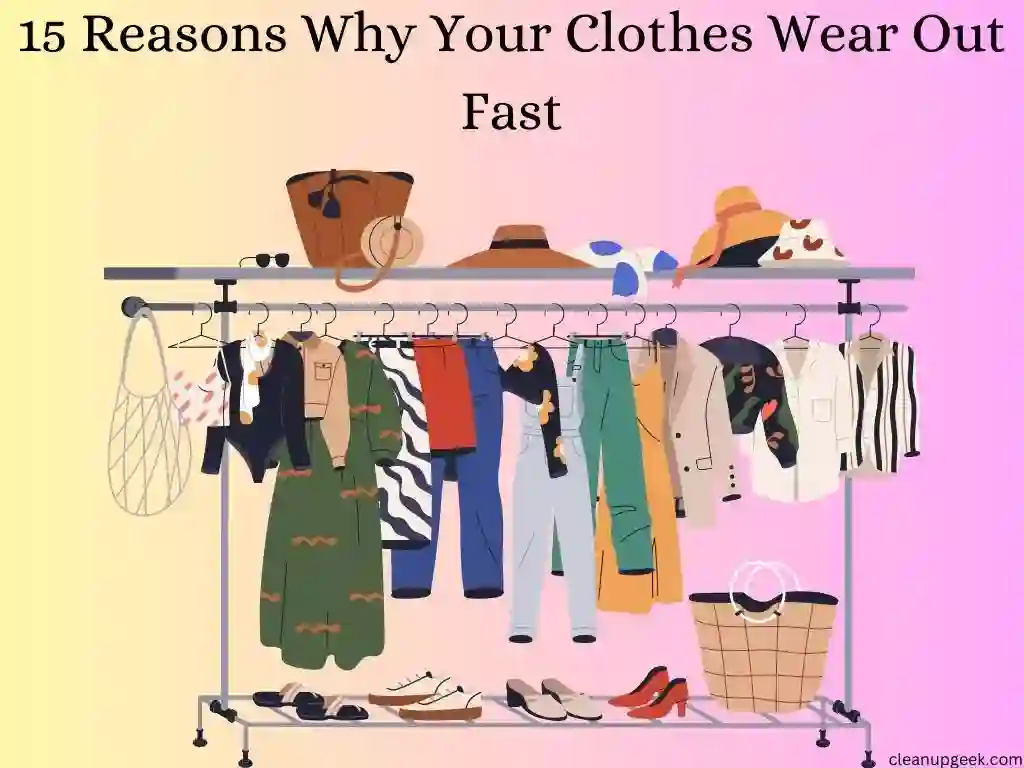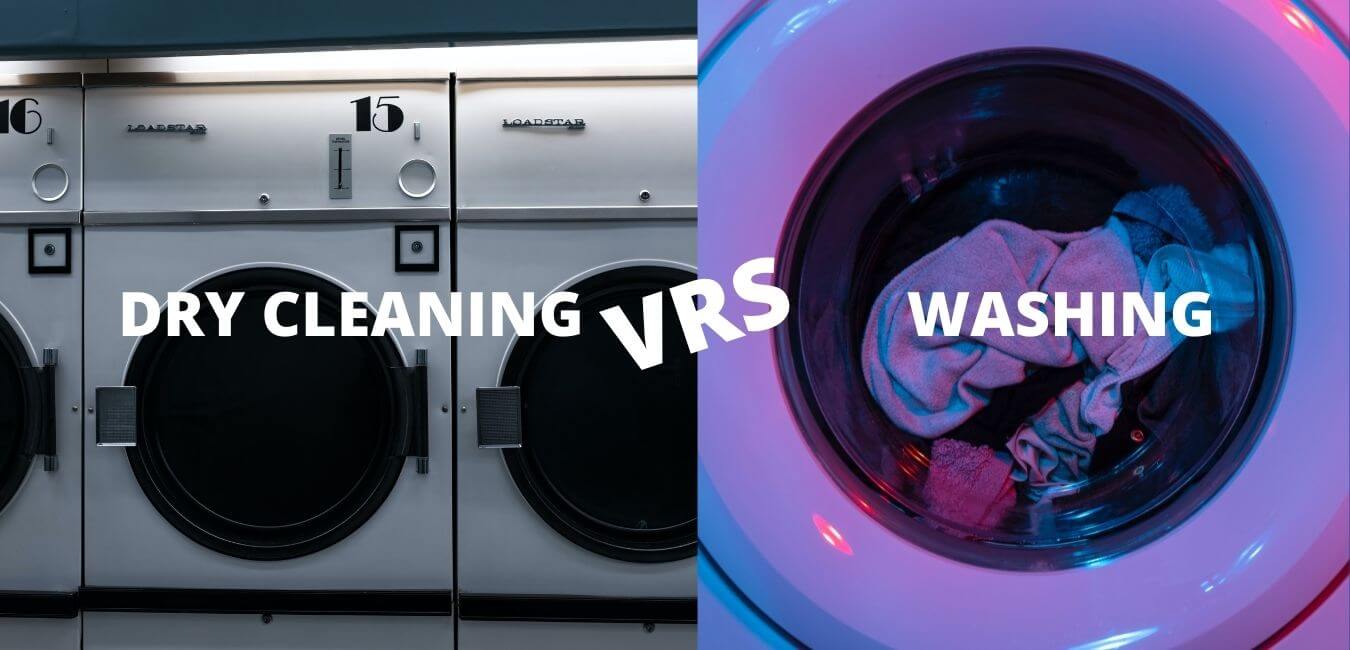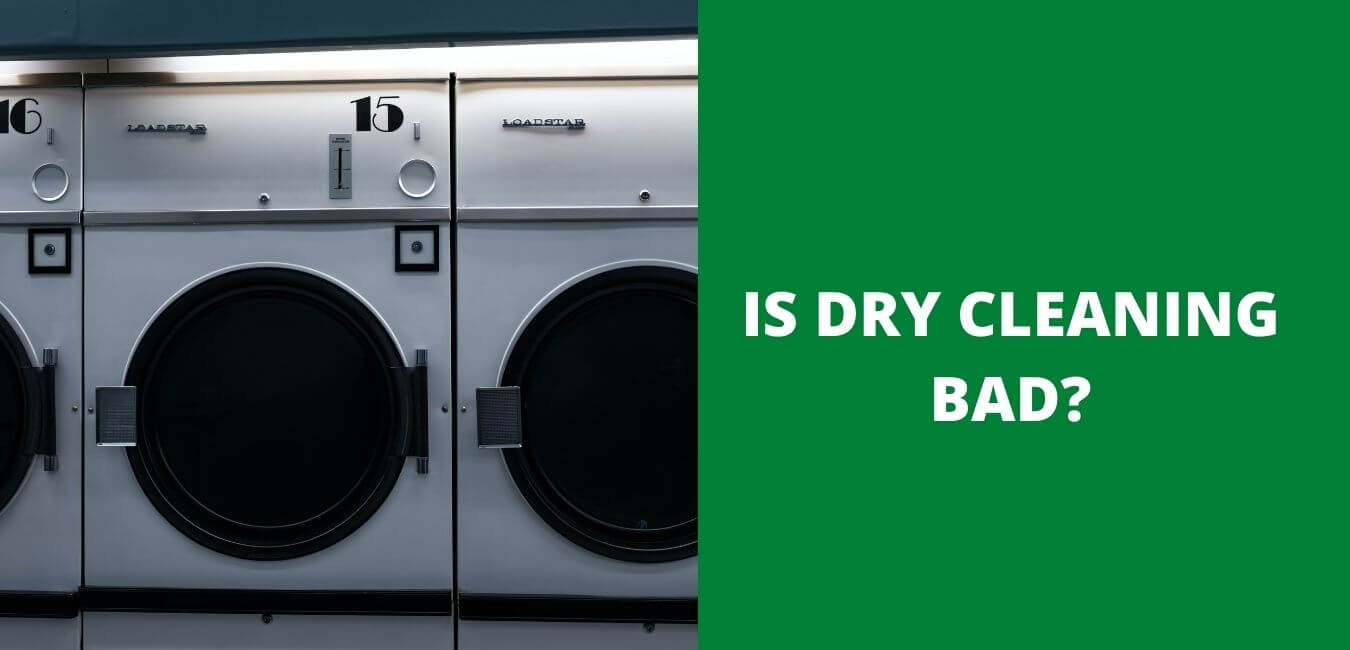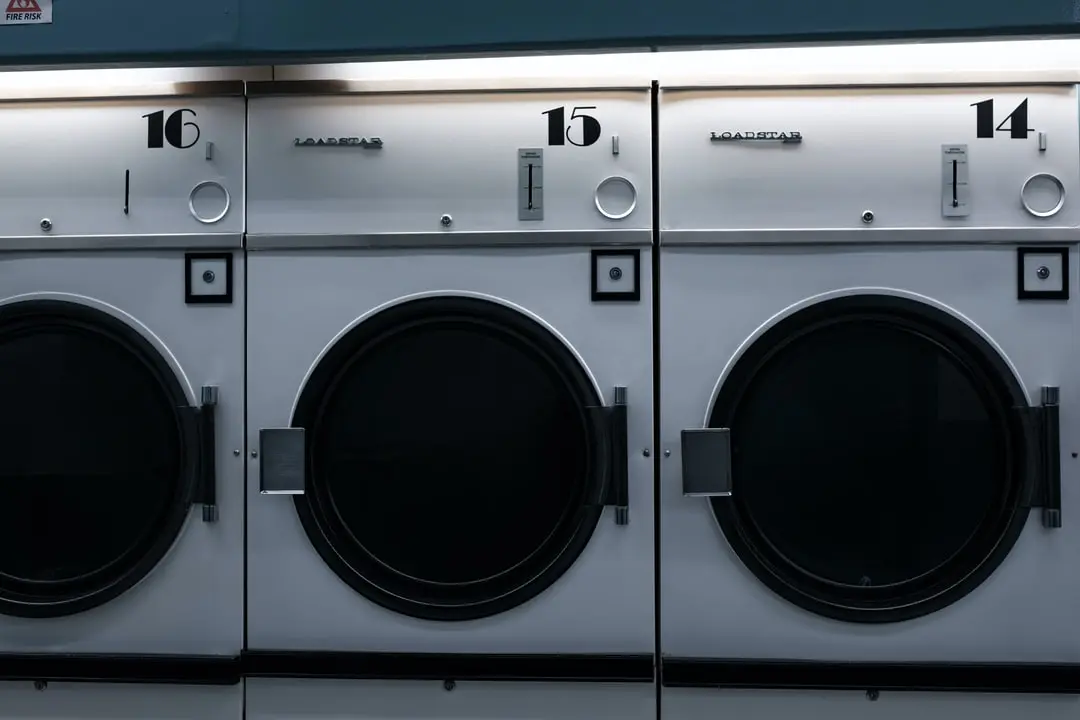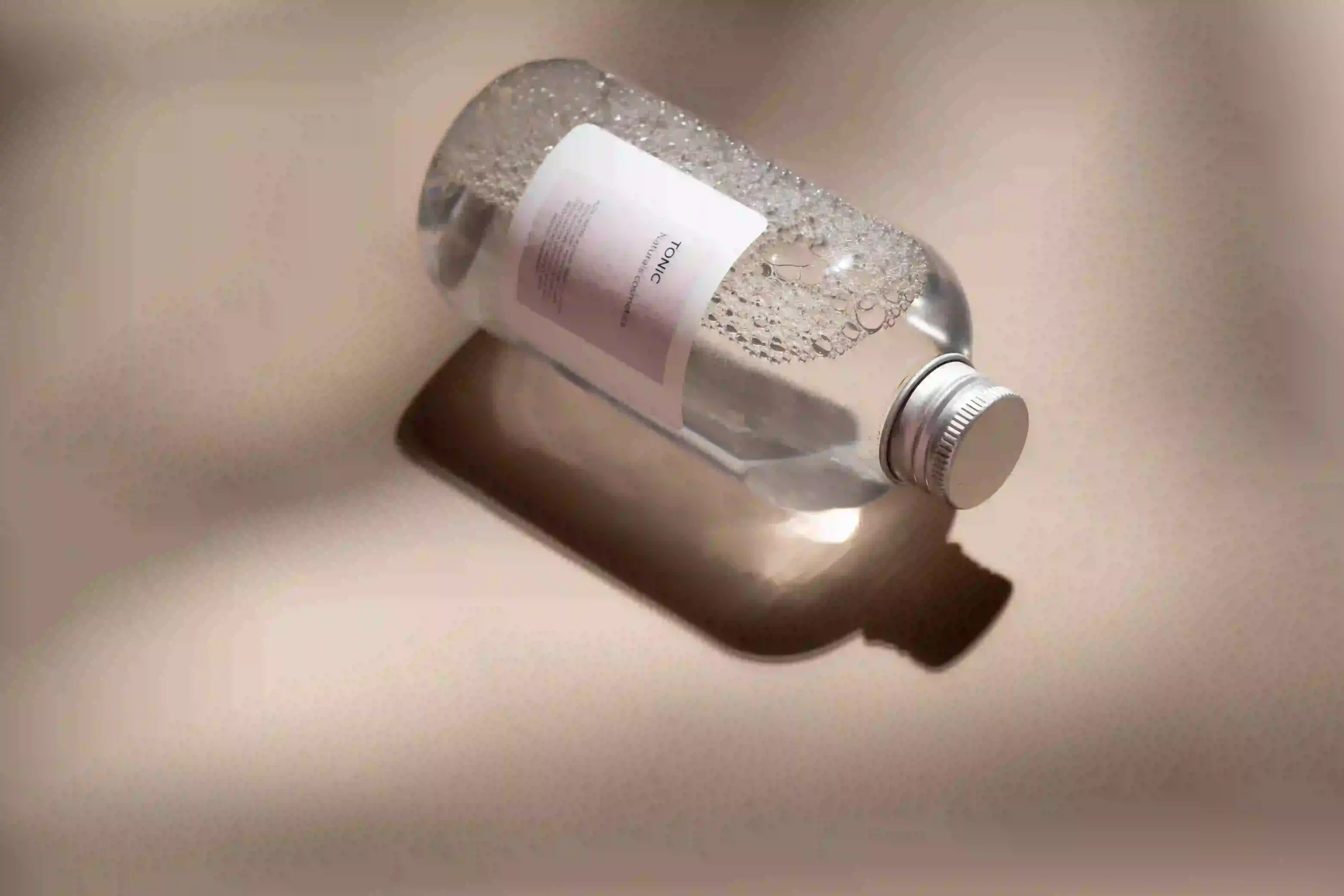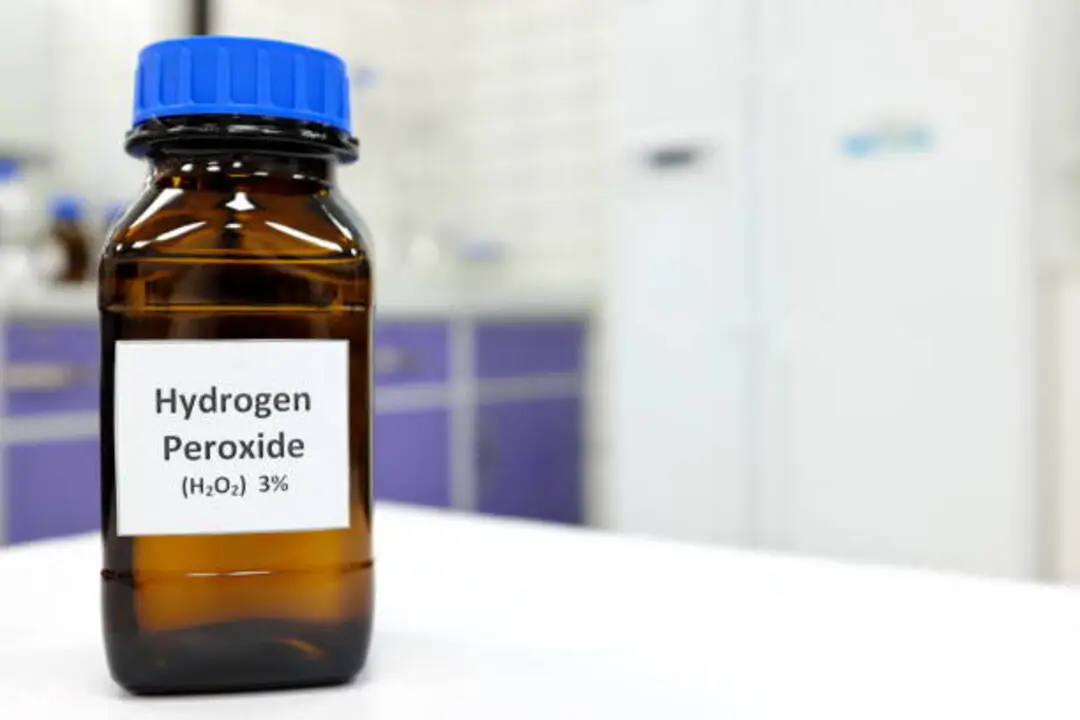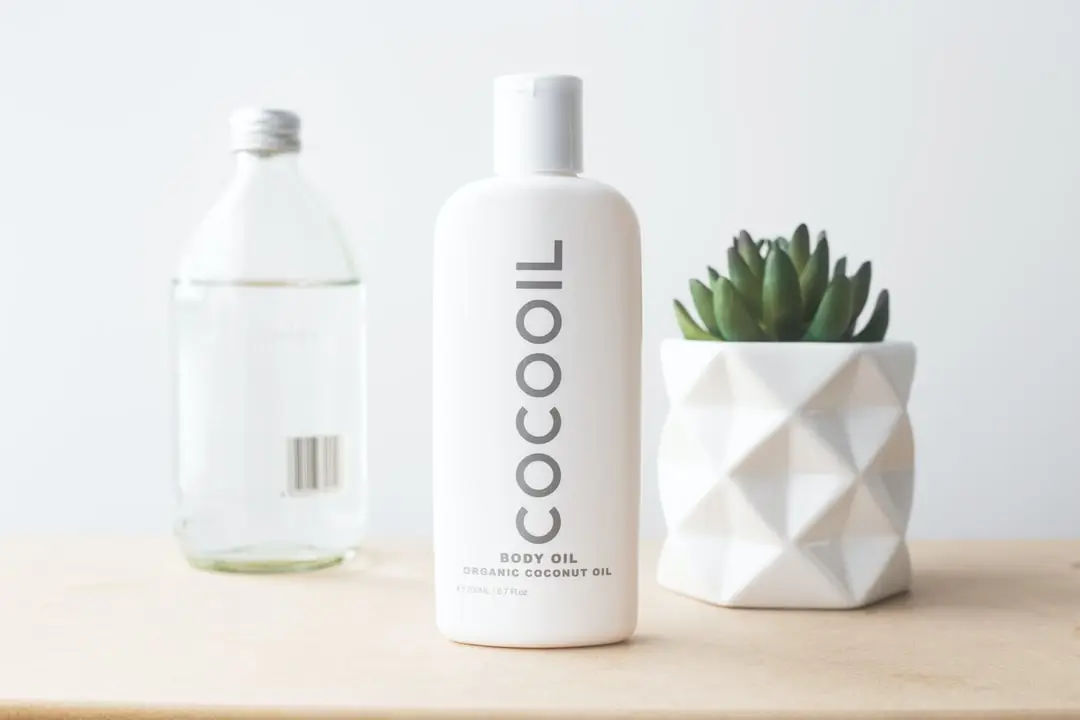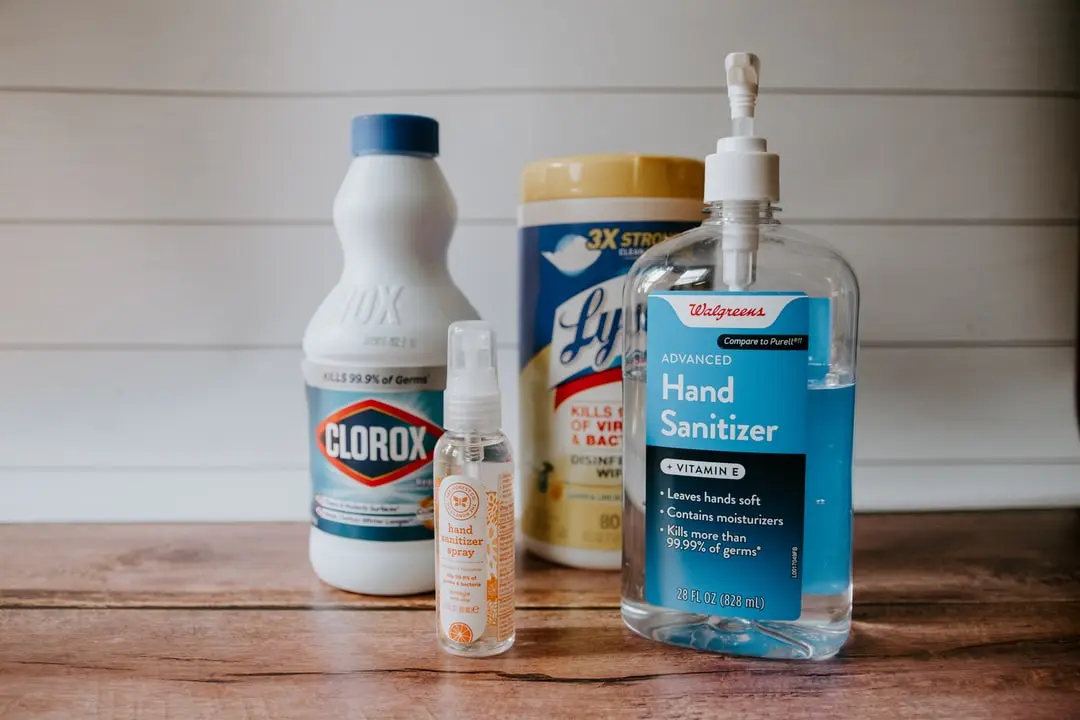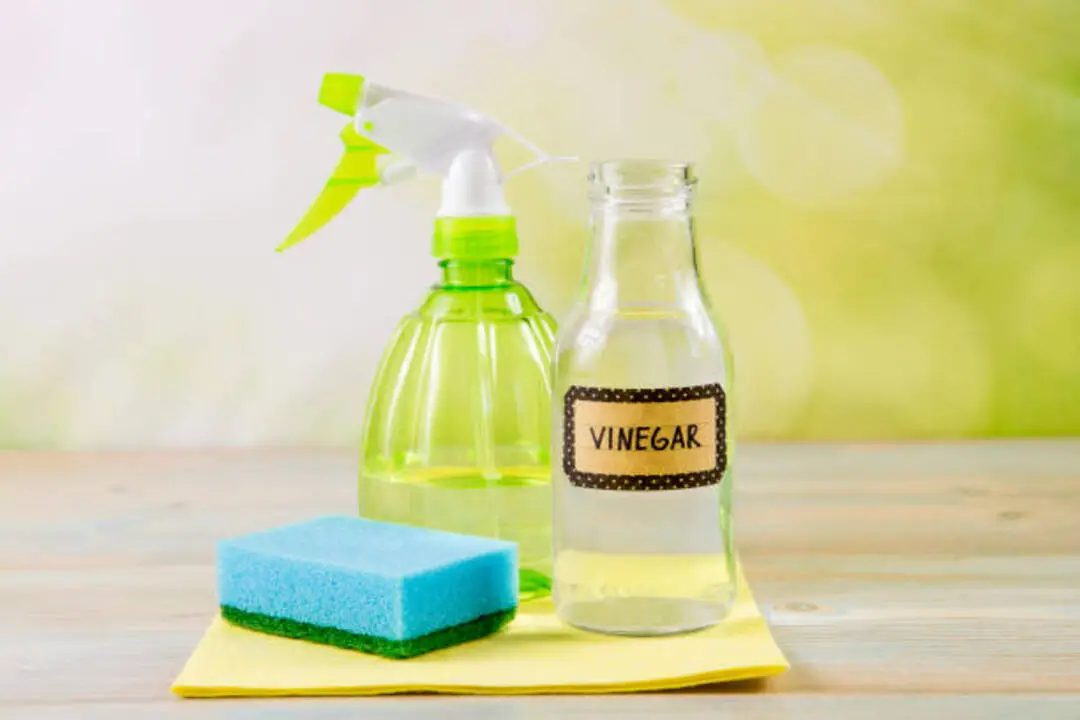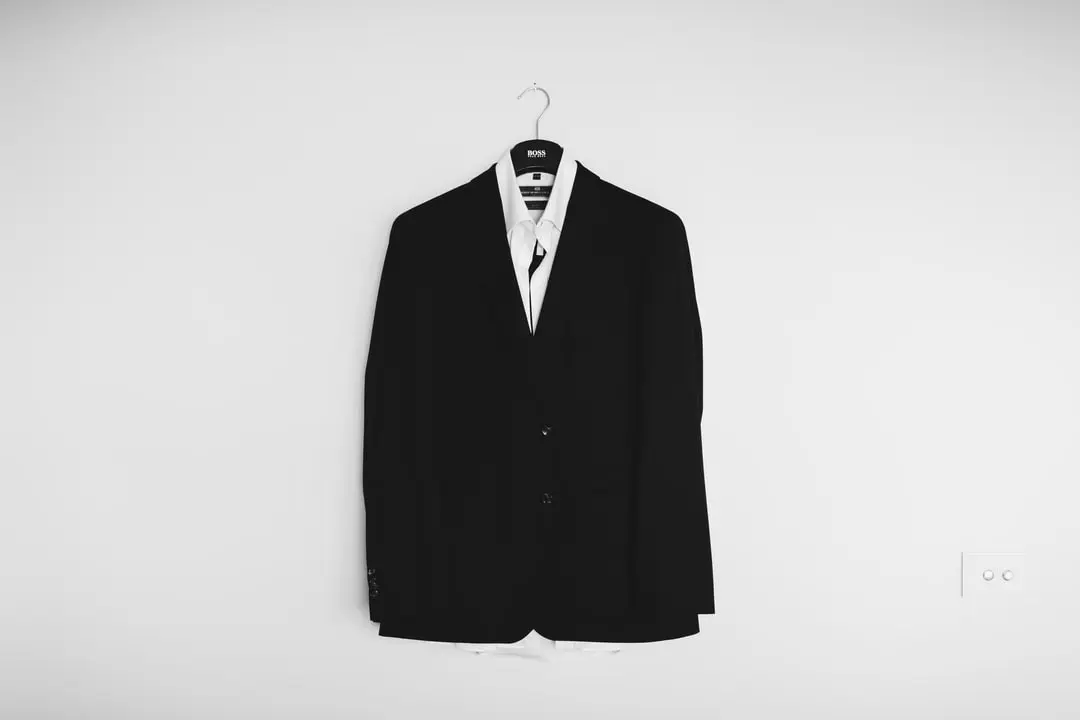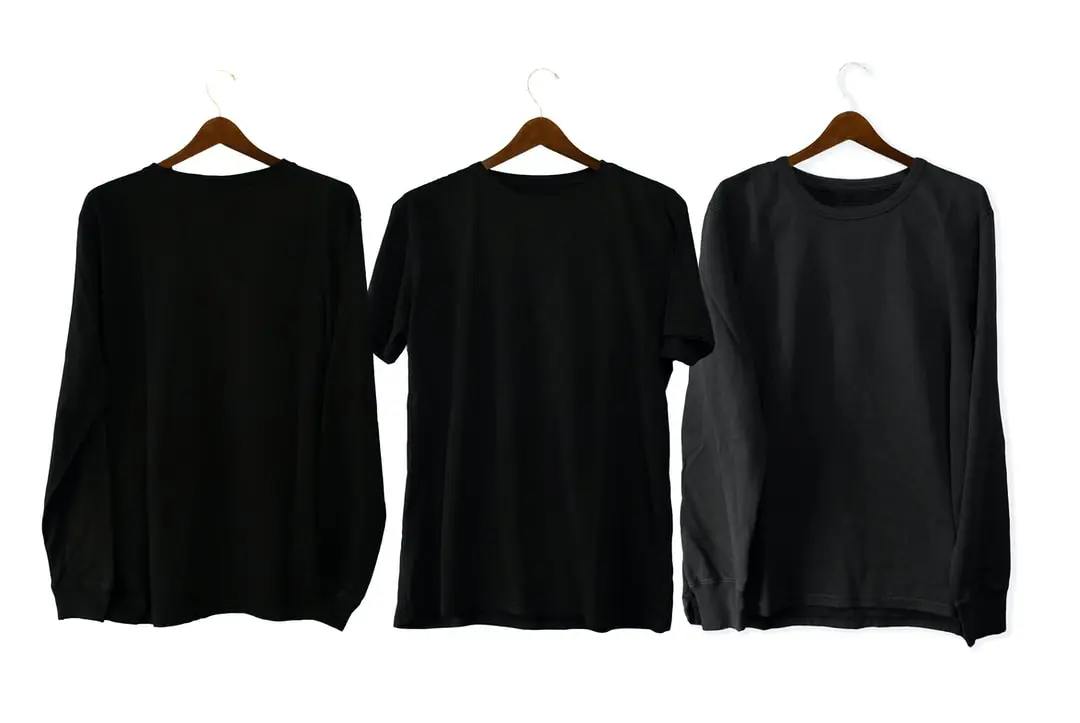Do you ever feel like your clothes just don’t last as long as they used to? It can be frustrating to invest in a new outfit only to have it wear out after a few washes or wears. But why does this happen?
There are actually thirteen reasons why your clothes may be wearing out faster than you’d like. First, it’s important to understand that clothing is not made to last forever.
However, there are factors that can contribute to premature wear and tear. From the materials used to how you care for your garments, these reasons can help you make more informed choices when shopping and caring for your wardrobe.
So if you’re tired of constantly replacing your favorite pieces, read on to discover the 13 reasons why your clothes may be wearing out fast.
1. Poor Quality Materials
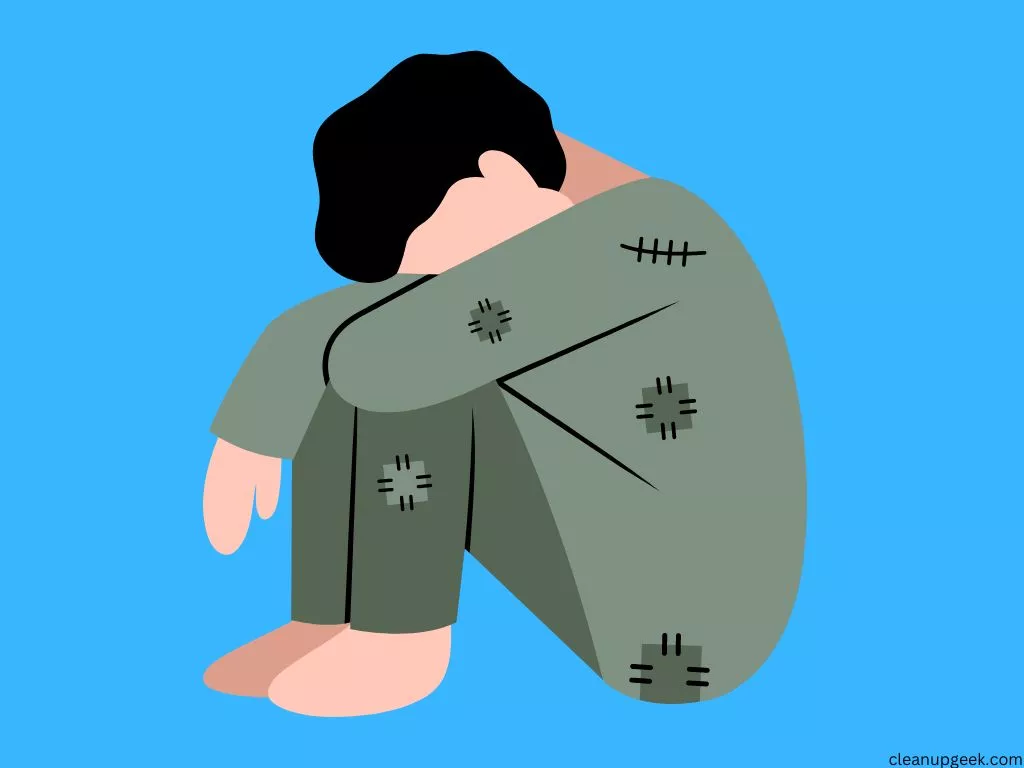
Material quality is one of the leading reasons why your clothes wear out quickly. Many manufacturers use low-quality materials to cut costs, which results in poor durability standards.
The manufacturing techniques used by some companies also contribute to the short lifespan of clothes. This is because many of these companies prioritize speed and efficiency over quality, resulting in poorly made garments.
Fabric testing is another aspect that’s often overlooked during production. Unfortunately, some manufacturers don’t take the time or resources to test their fabrics for durability before releasing them to the market. As a result, it’s common for clothes made from such fabrics to wear out quickly after just a few washes or wears.
Sustainable sourcing is a critical factor when it comes to material quality and durability. Clothes made from sustainably sourced materials are usually of higher quality and tend to last longer than those made from non-sustainable sources. By using sustainable materials, clothing manufacturers can reduce their environmental impact while also ensuring that their customers get value for their money.
While material quality plays a significant role in how long your clothes last, over-washing and drying can also cause damage to them.
2. Over-Washing And Drying

After a long day, the first thing you want to do is throw your clothes into the washing machine. It’s an easy way to clean them, and it gives you a sense of accomplishment.
However, over-washing and drying can be detrimental to your clothes’ lifespan. Washing your clothes too often can weaken the fabric, causing it to wear out quickly. The same goes for drying techniques – high heat can cause shrinkage and damage your clothing’s fibers.
Fabric softeners may seem like a good idea, but they leave behind residue that can clog up the fabric, making it more susceptible to wear and tear. Stain removal is another factor that contributes to your clothes wearing out faster. Harsh chemicals in stain removers can weaken the fibers and cause discoloration. Similarly, ironing methods can also have negative effects on your clothing’s lifespan if done incorrectly or too frequently.
All of these factors combined with the frequency of washing ultimately lead to shorter lifespans for your clothes.
To extend the life of your clothes:
- Use gentle washing techniques
- Avoid using fabric softeners
- Opt for gentler stain removal methods
- Limit ironing to only when necessary
Not sorting clothes properly can also contribute to shorter lifespans for your clothing items. It’s important to take care of our clothes so we can continue wearing them for years to come.
3. Not Sorting Clothes Properly

Overwashing and drying can definitely contribute to clothes wearing out quickly, but another factor to consider is not sorting clothes properly. When you throw all your clothes together, you risk color bleeding, fabric stretching, shrinking clothes, pilling issues, and fading colors.
Color bleeding is a common issue that occurs when clothes of different colors are washed together. The dyes from one garment can transfer onto other pieces of clothing, causing discoloration or unevenness. This is especially true for new clothing items that haven’t been washed yet.
Another problem with not sorting clothes properly is that different fabrics have different care requirements. For example, cotton shirts may need to be washed on a gentle cycle with warm water, while synthetic fibers like polyester require cooler temperatures and a delicate wash setting. If you’re not following these guidelines, you might end up with stretched-out or shrunken clothes.
Lastly, mixing clothes with different textures can lead to pilling issues over time. When fabrics rub against each other during the washing and drying process, small balls of fuzz can form on the surface of the garment. This not only makes your clothing look worn out, but it can also be uncomfortable to wear.
Now that we’ve covered why sorting your laundry is important for extending the life of your clothing, let’s move on to another potential culprit: using harsh detergents.
4. Using Harsh Detergents

You may not realize it, but the type of detergent you use can have a significant impact on the lifespan of your clothes. Some detergents contain harsh chemicals that can break down fibers and cause colors to fade quickly. It’s important to be aware of the types of detergents you’re using and their potential harmful effects.
Harsh detergents often contain ingredients like bleach or enzymes that can damage fabrics over time. These chemicals weaken the fibers in your clothing, causing them to become thin and worn out more quickly. Additionally, some detergents are designed to remove stains by breaking down the proteins in them, which can also lead to damage.
Fortunately, there are natural alternatives to harsh detergents that can be just as effective at cleaning your clothes without causing damage. You might try using baking soda or vinegar instead of traditional detergent. Another option is to pre-treat stains with a natural stain remover before washing your clothes.
Not only will these methods help extend the life of your clothes, but they’re also better for the environment than traditional detergents that contain harmful chemicals.
As you can see, using harsh detergents can have a significant impact on the lifespan of your clothes. By switching to natural alternatives or taking extra care when selecting and using traditional detergents, you can help ensure that your clothes last longer and stay looking great.
But what happens when you don’t follow care instructions? Let’s find out in the next section.
5. Not Following Care Instructions
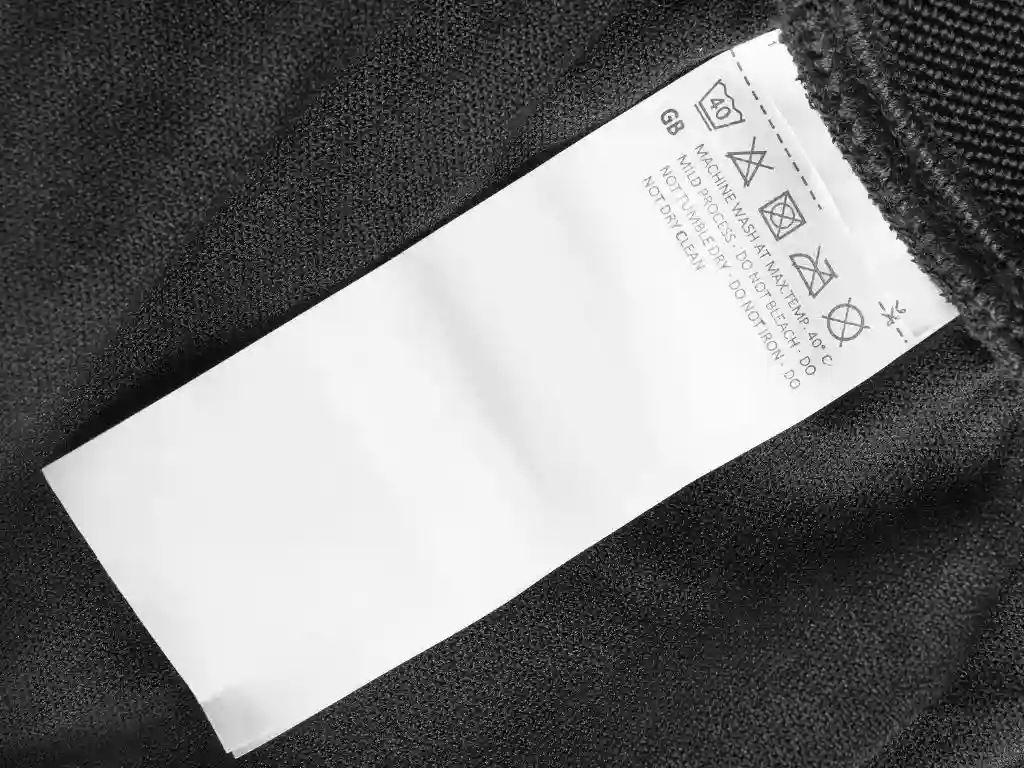
Following care instructions is crucial in maintaining the quality of your clothes. Ignoring them can result in faster wear and tear, leading to a shorter lifespan for your garments. It’s important to read and follow the instructions on the label of your clothing, including washing temperature, drying methods, and any other specific requirements.
Understanding fabric types is also essential in extending the life of your clothes. Delicate fabrics such as silk or wool may require more gentle cleaning methods compared to sturdier fabrics like cotton or polyester. Familiarize yourself with the properties of each fabric type to ensure that you’re treating them appropriately.
Maximizing garment lifespan involves implementing proper laundry techniques such as separating colors and using appropriate detergent. It’s also important to avoid overloading your washing machine and dryer, which can cause excessive friction and damage to your clothes. Additionally, ironing or steaming your clothes can impact their durability, so it’s important to use these tools correctly.
Read care instructions on clothing labels.
Use appropriate cleaning methods based on fabric type.
Separate colors during laundry.
Avoid overloading washing machines and dryers.
While dry cleaning may seem like an easy solution for clothing care, it has both pros and cons. On one hand, it’s a great way to clean delicate or hard-to-wash fabrics without risking damage. However, it can also be expensive and harmful to the environment due to the chemicals used in the process.
Taking care of your clothes can prevent premature wear and tear but wearing them too tight can also have negative effects on their lifespan.
6. Wearing Clothes Too Tight
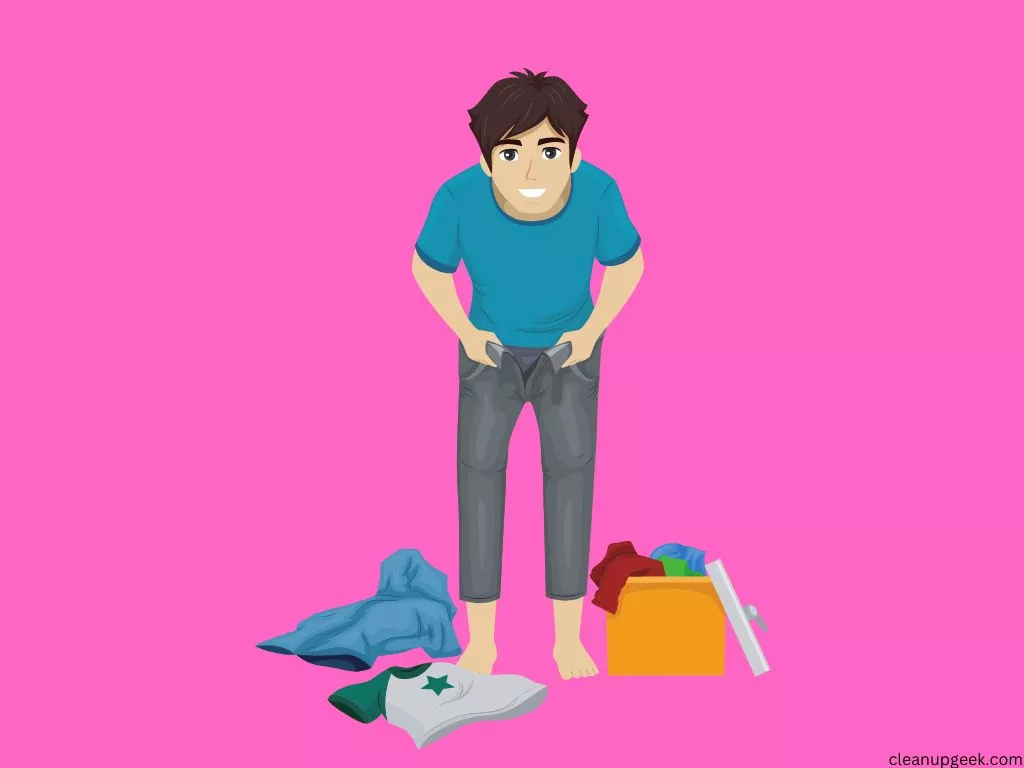
When choosing clothes, it’s tempting to opt for the tightest option that shows off your figure. However, it’s important to remember that comfort and durability should be just as important as style. Wearing clothes that are too tight can lead to a range of issues, including damage to the fabric and potential health risks.
Wearing tight clothes can restrict your movement and circulation, leading to a range of health problems. For example, wearing skinny jeans or tight pants can compress nerves in your legs, leading to tingling sensations or even nerve damage. Similarly, wearing a tight bra can put pressure on your ribcage and lead to breathing difficulties over time.
Fortunately, there are plenty of alternatives to wearing clothing that is too tight. For example, you could try looser-fitting clothing made from natural materials like cotton or linen. Additionally, you could consider investing in pieces that are designed with comfort in mind, such as stretchy leggings or relaxed-fit jeans.
Of course, one reason why so many people opt for tight clothing is because they want to keep up with the latest fashion trends. Unfortunately, this often means buying cheaply-made items that aren’t designed to last.
The fast fashion industry prioritizes quantity over quality, which means that clothes may look great at first but quickly wear out after only a few wears and washes. This is why it’s important to invest in high-quality pieces and learn how to care for them properly if you want them to last.
As you start considering ways to improve the lifespan of your clothing items by avoiding wearing them too tightly or constantly replacing them due to their poor quality thanks to fast fashion industry practices; another factor worth taking into account is exposure to sunlight…
7. Exposure To Sunlight
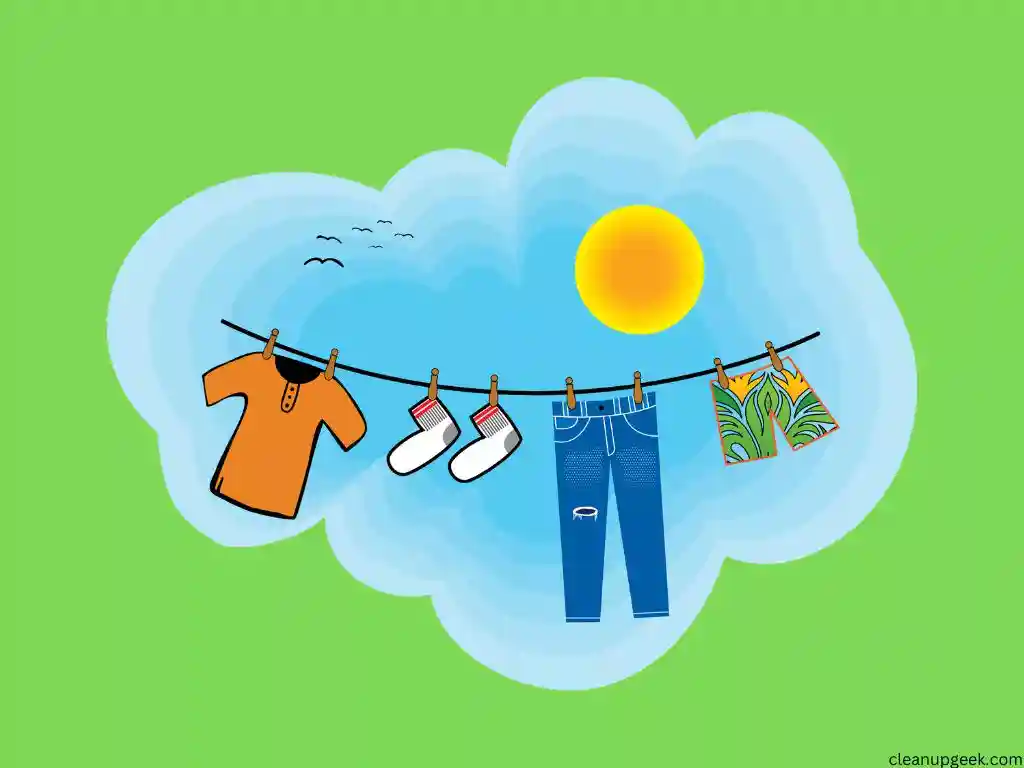
Sunshine is a beautiful thing, but it can also wreak havoc on your clothes. Sun damage can cause fading and discoloration of fabrics, making them look worn out and dull. The UV exposure from the sun’s rays breaks down the fibers in clothing, causing them to weaken over time.
To protect your clothes from sun damage, it’s essential to take some necessary precautions. You can start by keeping your clothes out of direct sunlight as much as possible. If you must be outside during peak hours when the sun is strongest, consider wearing protective clothing that covers more skin. Additionally, using sunscreen for clothes can help add an extra layer of protection against UV exposure.
Investing in high-quality fabrics that have built-in sun protection is another way to keep your clothes looking great for longer. Clothing made from synthetic materials like nylon or polyester is typically better at resisting the effects of sun damage than natural fibers like cotton or linen.
Ultimately, taking care of your clothes by protecting them from the sun will help extend their lifespan and save you money in the long run.
Now that we’ve discussed how to protect our clothes from sun damage let’s talk about another factor that contributes to wear and tear: friction and abrasion.
8. Friction And Abrasion
Did you know that friction and abrasion are responsible for 35% of clothing wear and tear? That’s a significant number, and it’s easy to see why. From rubbing against rough surfaces to constant movements, our clothes experience a lot of friction. Unfortunately, this takes a toll on the fabric, causing it to thin out or develop holes over time.
Preventing Friction: Tips for Reducing Abrasion
While it may be impossible to avoid friction altogether, there are ways you can reduce the amount of abrasion your clothes face. One effective method is lubrication. By applying a small number of lubricants like talcum powder or silicone spray to high-friction areas like underarms or thighs, you can help reduce wear and tear.
Another key factor in preventing friction is selecting the right fabrics. Opt for materials that are less prone to abrasion, such as denim or wool blends. You can also use barrier methods like patches or tape on high-wear areas like elbows and knees.
Proper Fit
One often-overlooked aspect of reducing friction is making sure your clothing fits properly. Clothes that are too tight can cause unnecessary rubbing and wear down the fabric faster than clothes that fit well. Take care when choosing your size, and don’t be afraid to alter garments if needed.
With these tips in mind, you can help extend the life of your clothes by reducing the amount of friction they experience on a daily basis. However, even with proper care practices in place, improper storage can still lead to premature wear and tear – something we’ll explore in the next section.
9. Improper Storage
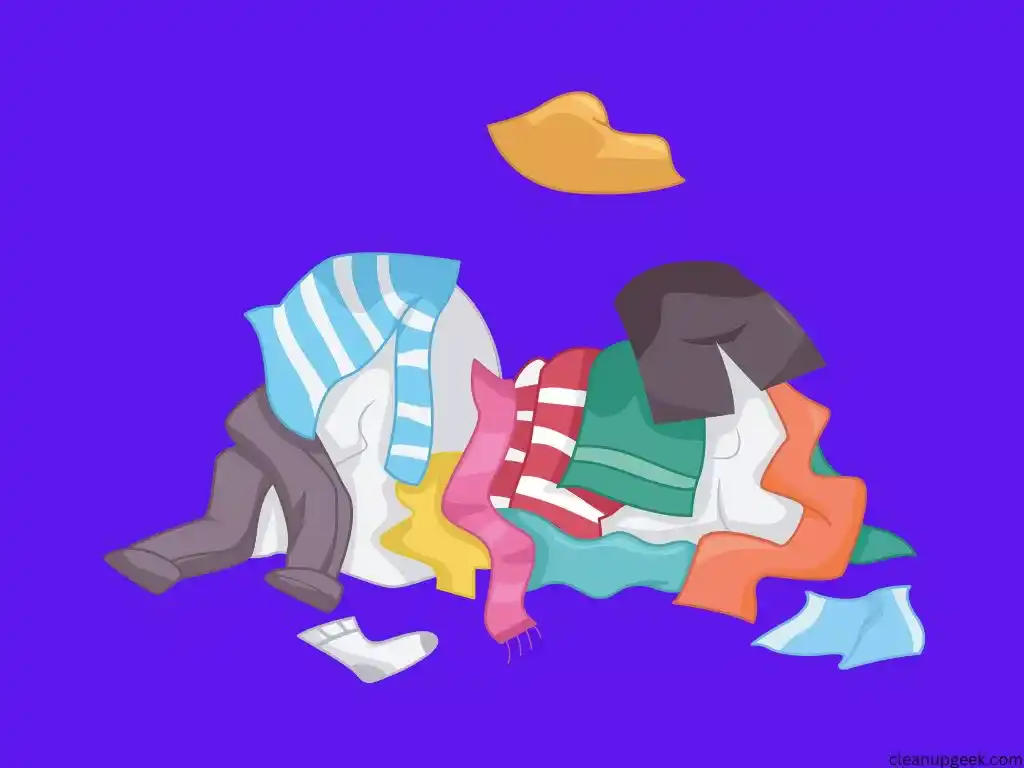
How you store your clothes could be contributing to their premature wear and tear. Closet organization is key when it comes to maintaining the longevity of your clothing. If you’re cramming too many items into a small space, you may be causing unnecessary stress on the fabrics, leading to holes and fraying.
Another storage concern that can lead to damage is fabric moth prevention. Moths are attracted to natural fibers like wool, silk, and cashmere, and can wreak havoc on your wardrobe if left unchecked. To prevent moth infestations, use cedar blocks or lavender sachets in your closet as natural deterrents.
The fold vs. hang debate has been raging for years, but the truth is that both methods have their pros and cons. Hanging can help prevent wrinkles and keep garments organized, but heavy items like coats and sweaters can stretch out over time. Folding is great for delicate fabrics and knits, but it can cause creases that are hard to remove.
- Vacuum sealing clothes: This method involves placing clothing items in plastic bags and using a vacuum cleaner to remove all air from inside the bag. This reduces the amount of space taken up by clothing items while also protecting them from dust, dirt, moisture, and insects.
- Protecting delicate fabrics: Delicate fabrics such as silk or lace require extra care when storing them. Use acid-free tissue paper between layers of delicate clothing items to prevent wrinkling or damage during storage.
- Keeping shoes separate: Shoes should not be stored with other clothing items as they might cause stains due to the dirt accumulated in them. Keep shoes in a separate rack or cabinet away from your clothes.
- Using hangers with care: Avoid wire hangers because they don’t support clothes properly which might result in stretching or misshapen fabric areas.
Proper closet organization is essential when it comes to keeping your clothes in good condition; however, there are other factors to consider as well. In the following section, we’ll look at environmental factors that can also contribute to premature wear and tear of your clothes.
10. Environmental Factors
The way we care for our clothes has a significant impact on their lifespan. When it comes to laundry, opting for eco-friendly detergents and washing machines can help reduce the wear and tear on your clothes. Choosing sustainable fabrics like organic cotton or bamboo can also make a difference, as these materials are often more durable than synthetic ones.
Another factor to consider is ethical fashion. Supporting brands that prioritize sustainability and fair labor practices means you’re investing in clothes that are made to last. Additionally, choosing green dry cleaning options can prevent harsh chemicals from damaging your clothes over time.
But what about when our clothes have reached the end of their lifespan? Recycling them is an excellent way to reduce waste and give them a second life. Many companies now offer recycling programs, allowing you to send in old clothing items for repurposing or donation.
By making conscious choices about how we care for our clothes and where we purchase them from, we can significantly extend their lifespan.
However, even with the best care, some factors like insect damage can still cause wear and tear on our wardrobe.
11. Insect Damage
Insects can wreak havoc on your clothes, causing them to wear out quickly and become unsightly. The damage caused by insects can range from small holes to entire sections of fabric being eaten away. This type of damage is often caused by moths, beetles, and other types of insects that are attracted to natural fibers such as wool, cotton, and silk.
Prevention methods are key when it comes to insect damage. One of the simplest ways to prevent insects from damaging your clothes is to keep them clean and well-laundered. In addition, storing clothes in airtight containers or bags can help prevent infestations.
Insect repellents and natural remedies such as cedar chips or lavender sachets can also be effective in keeping bugs at bay.
If you do find that your clothes have been damaged by insects, there are several options for repairing them. Professional cleaning services can often remove the damage caused by bugs, while fabric protection treatments can help prevent future infestations. It’s also important to note that some types of insect damage may not be repairable, in which case the affected garment will need to be replaced.
Next up: Chemical Damage
12. Chemical Damage
Chemical reactions can damage your clothes and cause them to wear out quickly. When fabrics come into contact with substances like bleach, detergents, or acids, they can react and cause discoloration or weaken the fibers.
Additionally, certain fabrics are more susceptible to chemical damage than others. For example, silk is extremely delicate and easily damaged by even mild chemicals.
Another issue that can lead to premature wear and tear is fabric flaws. These flaws may not be visible to the naked eye but can still weaken the fabric over time. Flaws such as knots, slubs, or snags are common in natural fibers like cotton and wool. These defects can lead to holes or tears in your clothing if left unchecked.
Contamination concerns are also a factor in the longevity of your clothes. If your clothes come into contact with oil, grease, or other pollutants on a regular basis, these contaminants can cause the fabric to break down faster than normal. This is especially true for synthetic fabrics that are less resistant to chemical exposure.
Fabric treatments and manufacturing processes also play a role in how long your clothes will last. Some treatments such as flame retardants or wrinkle-resistant coatings can weaken the fabric over time. Additionally, some manufacturing processes may not be as precise as they should be leading to inconsistencies in the final product.
As we move on to discussing aging and general wear and tear, it’s important to note that all of these factors contribute to how long our clothes will last us. While we cannot control every aspect of our clothing’s lifespan, understanding these potential issues can help us take better care of our wardrobe items and make them last longer.
13. Aging And General Wear And Tear
You may think that chemical damage is the only culprit of your fast-wearing clothes, but there’s more to it than that. Fabric deterioration is one of the main reasons why your clothes wear out quickly. Over time, fabrics break down due to exposure to sunlight, heat, and moisture. This issue often affects natural fibers like cotton and wool more than synthetic ones.
Color fading is another problem that contributes to the early demise of your clothes. Exposure to sunlight, heat, and chemicals can cause colors to fade and lose vibrancy. This issue not only affects the overall appearance of your clothing but also makes them look older than they should be.
Elasticity loss, pilling problems, and shrinking issues are also common reasons why clothes wear out fast. All of these problems affect the quality and fit of your clothing.
Elasticity loss leads to sagging and baggy clothing while pilling problems make fabrics look worn out and old. Shrinking issues can also change the shape and size of your clothes, making them unwearable in some cases.
14. Repairing And Upcycling Clothes
Don’t throw away your worn-out clothes just yet! Creative upcycling and sustainable repairs can give new life to old garments.
Instead of buying new clothes all the time, try searching for thrift store finds that you can alter or repair at home. DIY alterations are fun and easy, and they allow you to customize your wardrobe to fit your style.
Eco-friendly fashion is becoming increasingly popular as people realize the impact of fast fashion on the environment. By repairing and upcycling clothes, you’re not only reducing waste but also creating unique pieces that can’t be found in stores.
Sustainable repairs involve fixing holes, replacing buttons, and mending seams to extend the life of a garment. There are endless possibilities when it comes to creative upcycling. You can transform an old T-shirt into a tote bag or turn jeans into shorts.
Not only does this save money, but it also gives you a sense of accomplishment knowing that you created something new from something old. So before you toss out those ripped jeans or stained shirts, consider giving them a second chance through sustainable repairs or creative upcycling.
Investing in higher-quality pieces is always a good idea, but don’t forget about the potential of your current wardrobe. With some imagination and basic sewing skills, you can breathe new life into old clothes while doing your part for the environment.
15. Investing In Higher Quality Pieces
Let’s face it, investing in higher-quality pieces may seem like a hefty expense at first, but it is certainly worth it in the long run.
Not only will you save money by not having to constantly replace worn-out clothes, but you’ll also be contributing to sustainable fashion and supporting ethical clothing practices.
One way to make the most out of your investment is by creating a capsule wardrobe. This means having a curated collection of timeless pieces that can be mixed and matched to create various outfits.
This not only simplifies your life but also reduces the amount of clothing waste produced.
Slow fashion is another movement that advocates for a more conscious approach to fashion. It prioritizes quality over quantity and encourages people to invest in pieces that are made to last.
By embracing slow fashion and investing in investment pieces, we can break free from the fast-fashion cycle and enjoy the freedom of knowing that our wardrobe choices are both beneficial for us and the planet.
Investing in higher-quality pieces is not just about buying expensive clothes, it’s about making mindful decisions that support sustainable fashion practices.
By adopting a capsule wardrobe, embracing slow fashion principles, and investing in investment pieces, we can make our wardrobes work for us instead of against us.
So why not start today? Your wallet, closet, and planet will thank you for it.
Conclusion and final thoughts 💭
In conclusion, there are many reasons why our clothes may wear out quickly.
From poor-quality materials to over-washing and drying, it’s important to take a closer look at how we care for our garments.
Just like a delicate flower needs gentle handling, our favorite outfits require special attention too.
So, next time you’re doing laundry, remember to sort your clothes properly, use gentle detergents and follow the care instructions.
And if you’re tired of constantly replacing your worn-out wardrobe, consider investing in higher quality pieces or even repairing and upcycling your old favorites.
With a little extra care and attention, you can keep your clothes looking fresh and beautiful for years to come.
